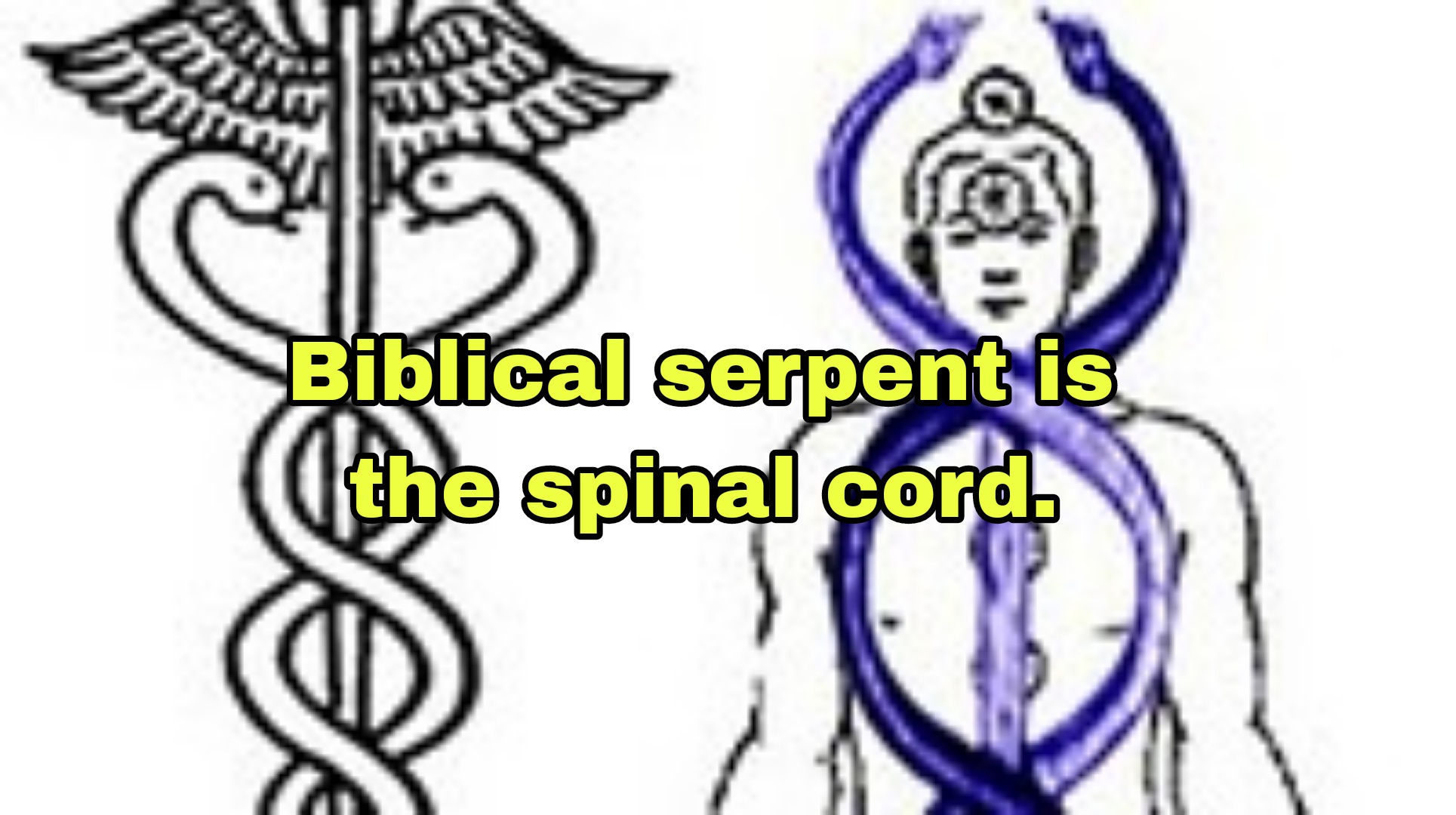Were Abraham and Rama the same person?


After his return to Ai, Abraham and Lot had a conflict. Their herdsmen fought with each other and they decided to separate. Lot went to live at Sodom while Abraham went to live at Hebron.
Similarly, Rama was engaged some secrete consultation with a Sage after his return from Lanka. He had posted Lakshmana as a doorkeeper to ensure that no one enter the consultant chamber at that time. Sage Durvasa came to Ayodhya at this same time and wanted to meet Rama. Lakshmana did not want to allow him to see Rama but Durvasa threatened that if he would not let him see Rama Immediately, he would curse not only Lakshmana but also the entire city of Ayodhya. Lakshmana was in dilemma. He thought is better that he alone be punished by Rama for allowing Durvasa to enter Rama’s consultation chamber, rather than entire Ayodhya being cursed. Thus he allowed to Durvasa to visit with Rama. Then Rama decided to brake his relations with Lakshmana because he had violated in his junction. Thereafter, Lakshmana left went to bank of the Sarayu River, held his breath and ended is worldly journey. Rama and Lakshmana separated just as Abraham and Lot.

Abraham begot two sons named Ishmael and Isaac from Hagar and Sarah After his return to Ai, while Rama begot two sons named Lav and Kush from Sita.


Sometime later, God commanded Abraham to offer his son in sacrifice. Abraham accordingly bound his son to the sacrificial altar. At this time a messenger stopped Abraham’s hand. Abraham saw a ram nearby and sacrificed the ram instead of his son. Sarah died sometime after this event.
This could be parallel to Lav and Kush coming to a horse sacrifice being done by Rama. Lav and Kush were living away from Rama at that time because Rama had expelled Sita from Ayodhya. They came to Rama’s horse sacrifice as bards and sang of the life of Rama. Thereupon Rama asked Sita to come to place of the sacrifice and Sita was taken into the earth.
In both narratives a sacrifice was undertaken involving his son(s); and wife died thereafter.


Abraham was living somewhere else when Sarah died. He “came” from there to mourn for Sarah. Sita was similarly living at Valmiki Ashrama when she died. She came to the place where Rama was undertaking the horse sacrifice and was taken into the earth at this time. The wife was living away at the time of her death in both the narratives.

Another parallel is that Jacob, grandson of Abraham, went and settled in the south after the latter’s death. Rama’s son Kush similarly settled in the south. He was made the king of South Kosala.
These similarities aside, there are certain narratives in Bible and Ramayana about which the other text is silent. Three such narratives in the Bible are the battle between four versus five kings; the destruction of Sodom; and Joseph going to south. On the other hand, the Bible is silent about the conquest of Bharata and Shatrughna over Gandhara and Mathura. These silences do not create a contradiction between the Bible and Ramayana. These narratives can be inserted in the other text without creating a dissonance.

We give the parallels between the Bible and Ramayana in green colour in the table above and the distinctions in red colour. The parallels are as follows:
1 Both returned to Ai or Ayodhya from the south.
2 Abraham and Lot separated just as Rama and Lakshmana.
3 Both had two sons.
4 Sarah and Sita were separated from the Prophet.
5 There is an association of the son with a sacrifice.
6 Sarah and Sita were living away from Abraham and Rama when they died.
7 Sarah and Sita were both buried.
8 Grandson Jacob and son Kush settled in the south.
Could then Abraham and Rama be the same person?
Visit our website: https://www.commonprophets.com/
For Videos: https://www.youtube.com/channel/UCN4sb3toJxNGPjmSubnwz_Q
For more information on the theory of Common Prophets, Please like my FB Page One God One  Religion, Subscribe my English channel One God One Religion, subscribe my Hindi Channel एक ईश्वर, and you may like to buy my book here.
Religion, Subscribe my English channel One God One Religion, subscribe my Hindi Channel एक ईश्वर, and you may like to buy my book here.














